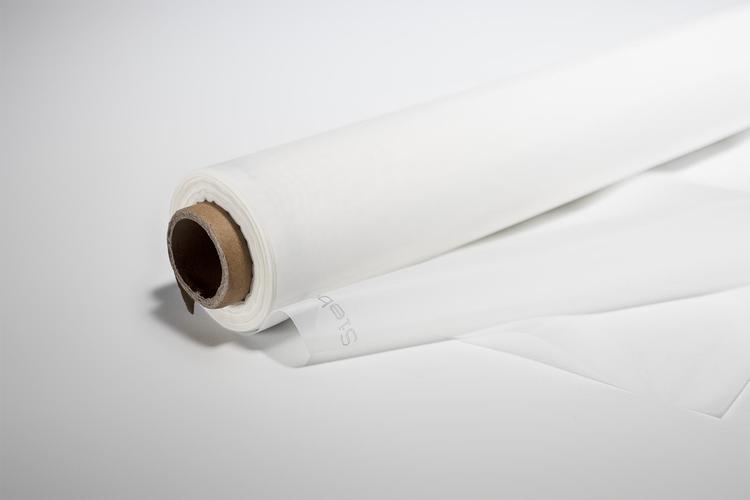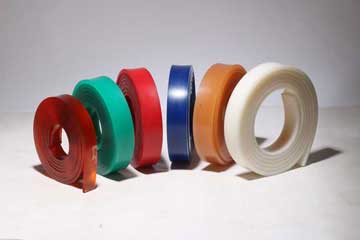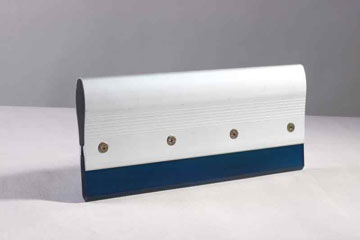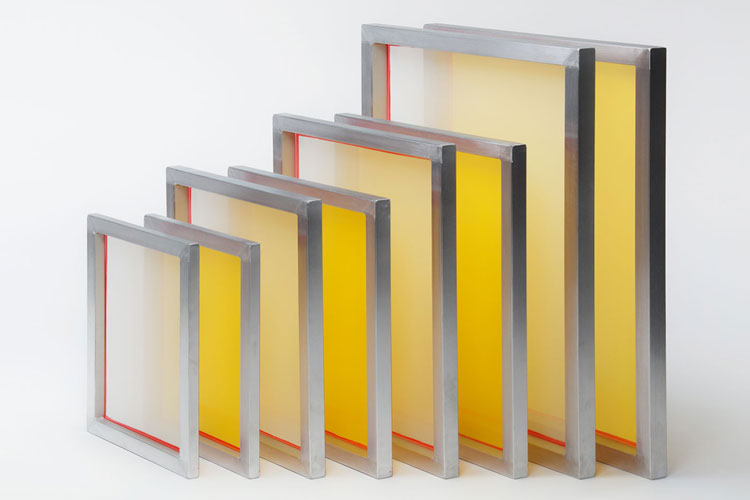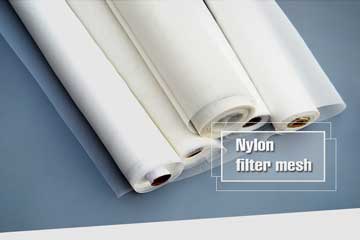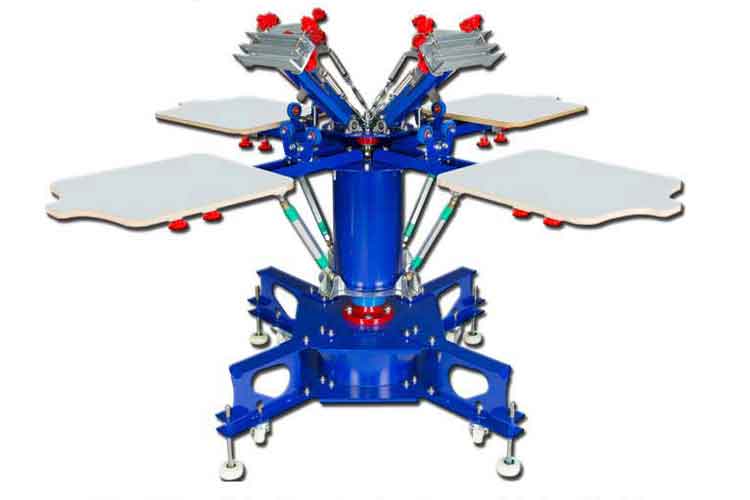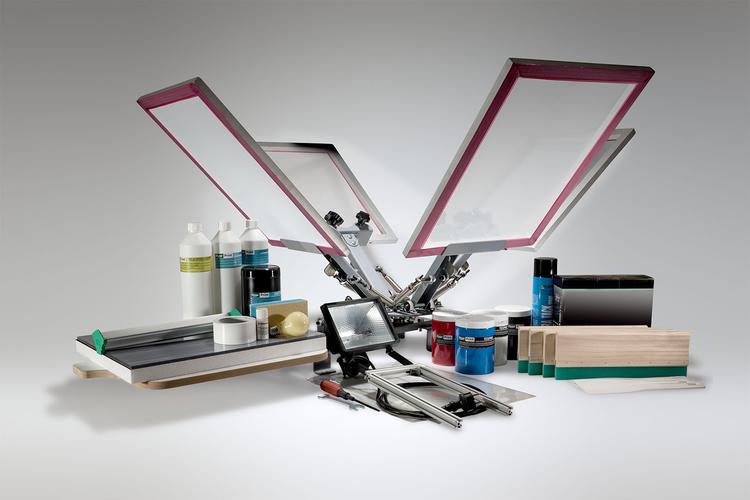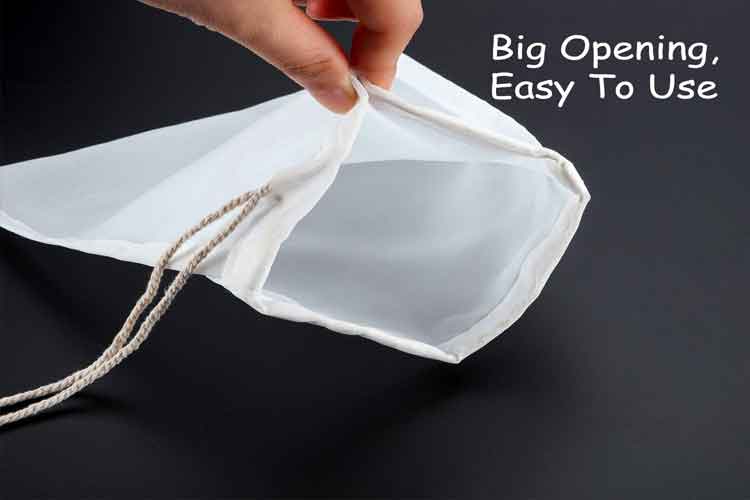Choosing the Right Squeegees for Your Screen Printing Jobs
A screen printer needs the right tools, and one of the most important screen printing tools is the squeegee. There are several variables to consider when selecting a squeegee, and its important to understand how each affects your prints so you can cho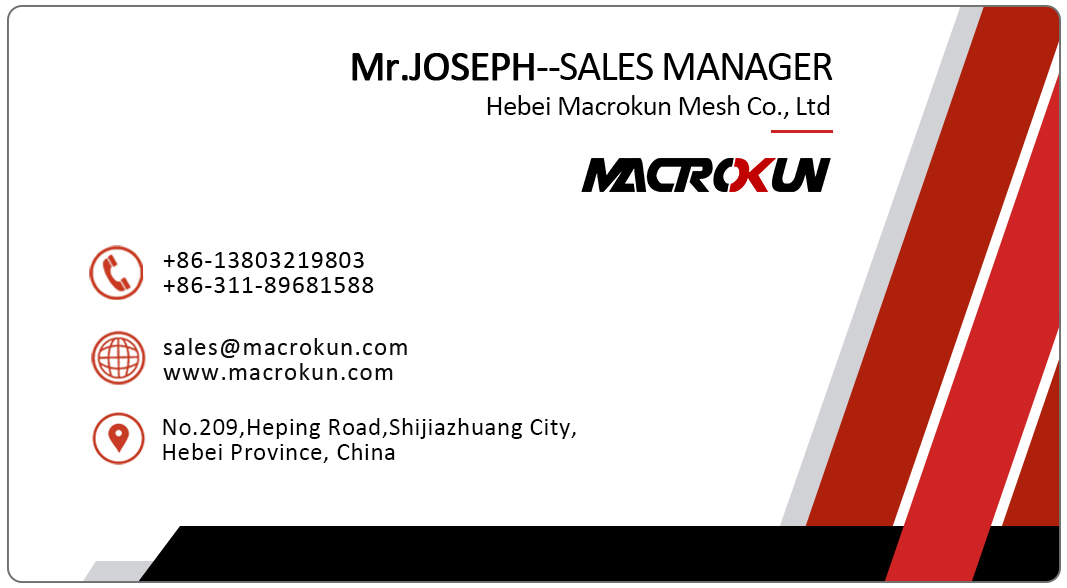
A screen printer needs the right tools, and one of the most important screen printing tools is the squeegee. There are several variables to consider when selecting a squeegee, and it's important to understand how each affects your prints so you can choose the right squeegee for each job.
Shape
The tip of the squeegee blade comes in several shapes:
- Square - or straight-edge - squeegee blades are cut flat across the bottom. These are the most common types of squeegee blades and are used for more general screen printing jobs.
- Round - or ball-nose - squeegees are used when printers need a heavier deposit of ink, such as when printing on heavier substrates or when printing with specialty inks.
- Beveled squeegees feature an angle on one or both sides of the blade. Beveled blades are most often used when printing on substrates that are curved or uneven.
Rigidity
Squeegee ridigity is measured by durometer, and the higher the durometer, the harder the blade. Harder squeegee blades sheer the ink more completely, while softer squeegees leave behind a heavier ink deposit.
Squeegees in the 50 to 60 durometer range are considered soft squeegees. They're used to leave heavy ink deposits when printing on heavy substrates, controlling fibrillation or printing with specialty inks.
The most commonly used squeegees are 70 durometer. These squeegees are considered to have a medium hardness and are used for most general screen printing jobs..
Hard or ultra-hard squeegees, ranging from 80 to 90 durometer, are used to leave a lighter ink deposit. They are ideal when printing with high mesh count screens, when printing fine detail or in printing four-color process jobs.
There also are composite squeegee blades that have layers of different durometers. The printing edge is a lower durometer that molds smoothly along the screen, and a higher durometer layer that offers strenght to prevent the squeegee from bending and losing its shape.
Materials
Screen Printing Squeegees can be made from natural rubber, neoprene or polyurethane.
Squeegees traditionally were made from natural rubber. Rubber blades are less expensive than other squeegees, but they have fallen out of favor because they absorb solvents and break down quickly.
Neoprene blades are more expensive than rubber but cheaper than polyurethane blades. Neoprene is a popular squeegee choice because they resist breakdown better than rubber blades.
Polyurethane screen printing squeegee blades are the most expensive option, but they are also the most durable. Polyurethane blades are usually used for jobs that will take an extended period of time and printing with automatic or semiautomatic presses.
Anatol squeegee blades are made from long-lasting
polyurethane and can be customized to fit your needs.
Handle
If you're a manual screen printer, your squeegee handle will be a major consideration. You want a handle that holds up well to the rigors of printing, but one that feels comfortable in your hand.
Wooden handles are a perennial favorite because they are warm and comfortable in the hand. However, they also absorb moisture and solvents, making them difficult - if not impossible - to clean. The method of swapping out squeegee blades also is usually more difficult with wooden handles.
Plastic or aluminum Screen Printing handles are easy to clean, and blades can usually be swapped out quickly and easily. You can look for handles with an ergonomic design that feels comfortable in your hand.
Other considerations
Regardless of which squeegee is right for your printing job, there are several considerations to keep in mind.
- Screen Printing Blade width - The Screen Printing squeegee blade should extend about one inch beyond your artwork on each side; however, the blade shouldn't come too near the frame of your screen, as this can destroy the tension of the screen.
- Screen Printing Blade condition - Screen Printing Squeegee blades can develop nicks or warp. Because of the abrasiveness of the screens, they'll dull over time. Make sure your squeegee is in good condition and free from warping or damage, as this can affect your print quality.
- Squeegee care - Blades absorb moisture and solvents. Don't let blades sit in a solution, clean blades quickly after use and have enough squeegee blades on hand that you can rotate your blades, giving each blade enough time to dry out between jobs.
When you understand how each squeegee variable affects your overall print, you can choose the right squeegee for each screen printing job. The right squeegee, and the proper squeegee care, will help you to improve your screen printing.
Tags:

